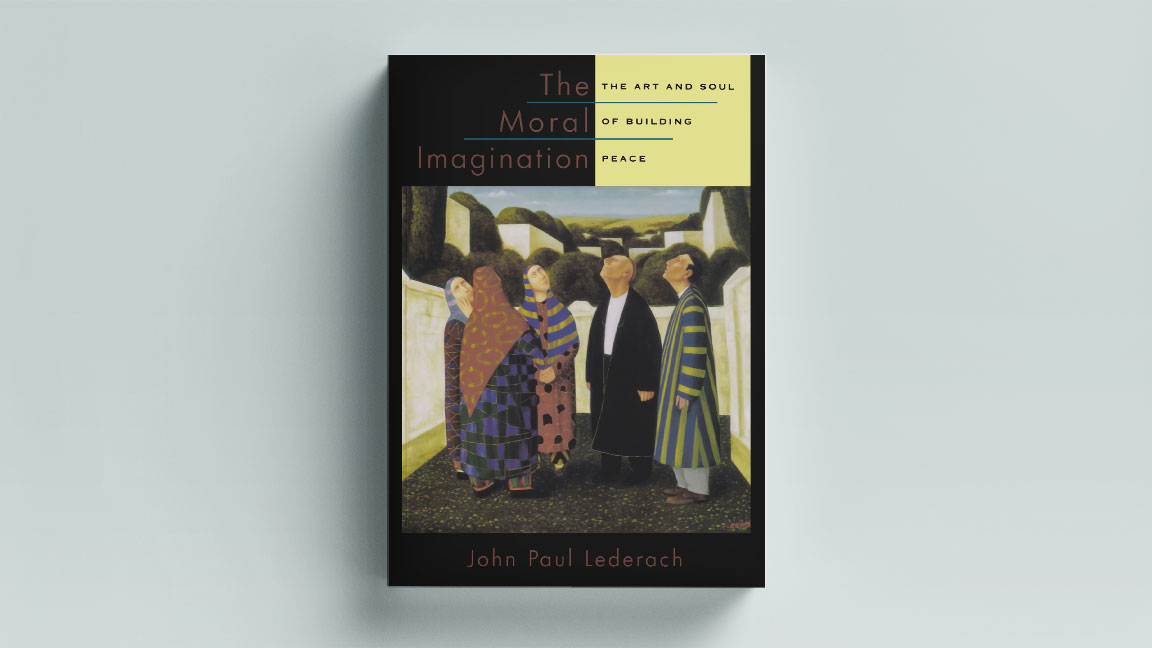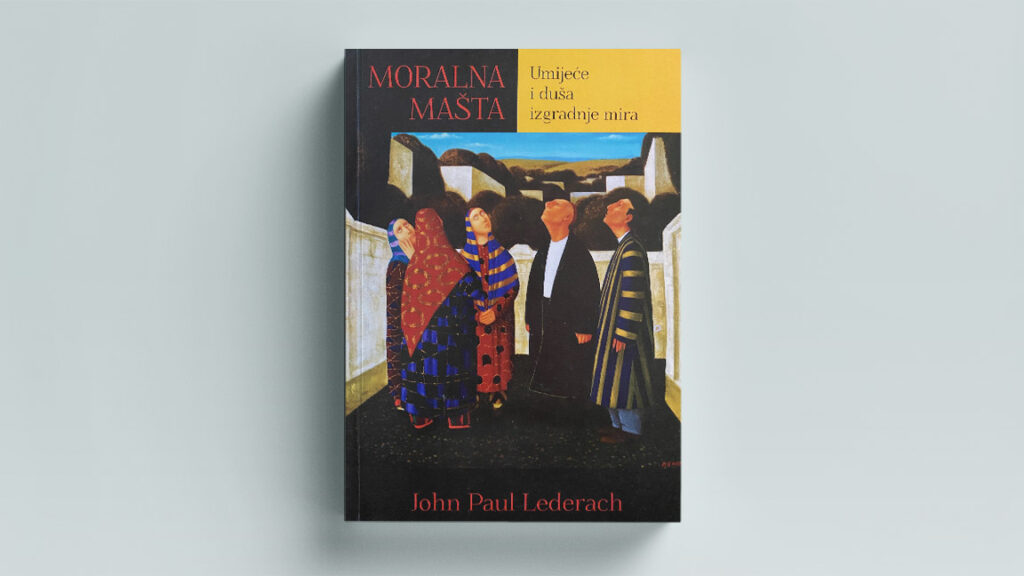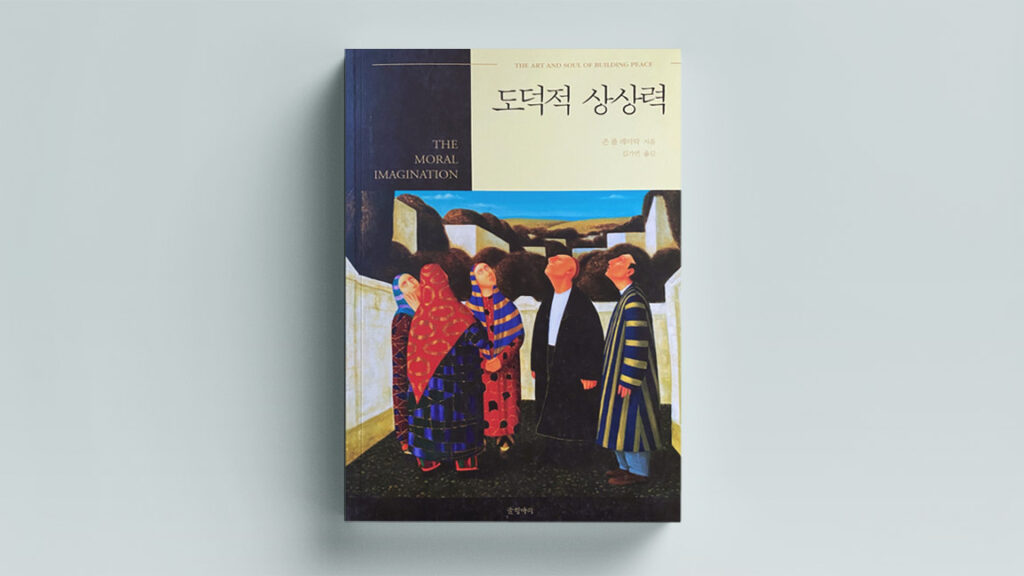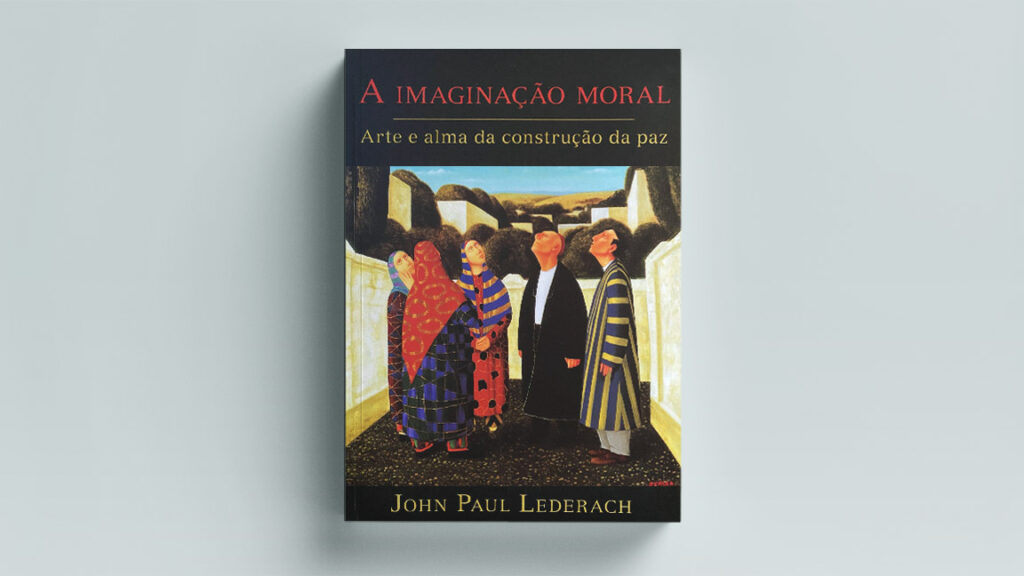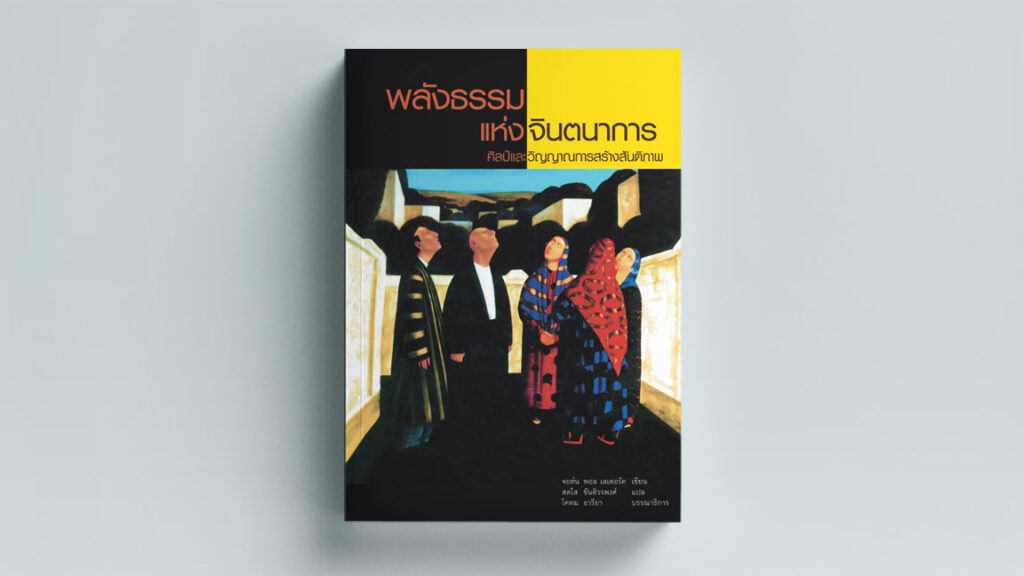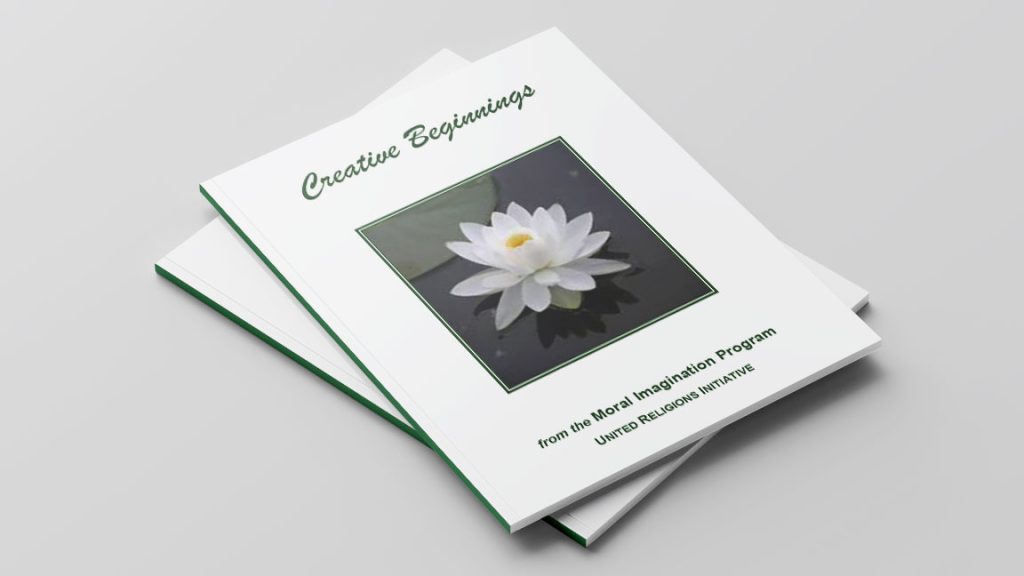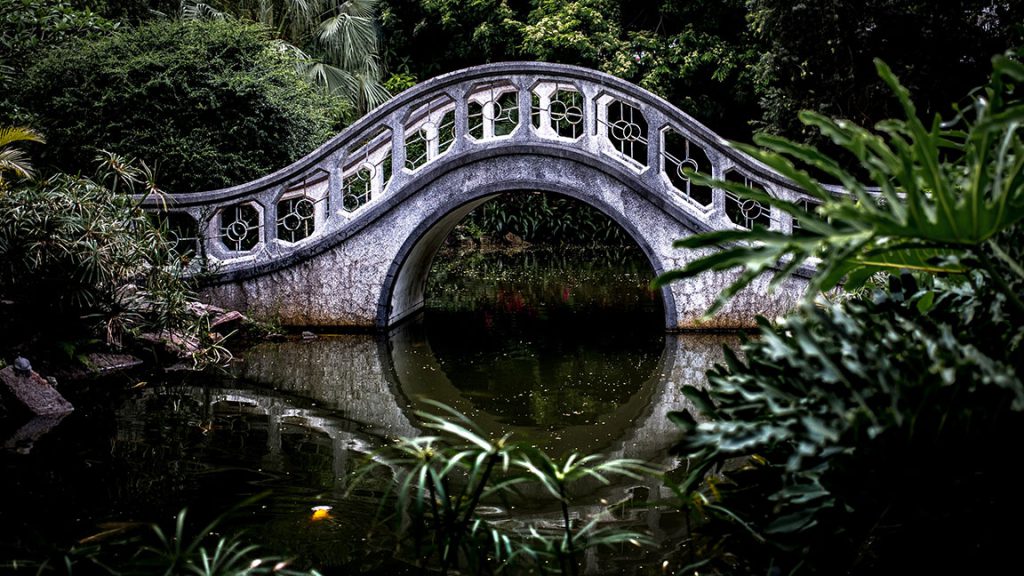"We must venture into the mostly uncharted territory of the artist's way as applied to social change, the canvases and poetics of human relationships, imagination and discovery, and ultimately the mystery of vocation for those who take up such a journey."
This book poses the question, “How do we transcend the cycles of violence that bewitch our human community while still living in them?” Peacebuilding, in the view of this book, is both a learned skill and an art. Finding this art, this book says, requires a worldview shift. Conflict professionals must envision their work as a creative act — an exercise of what the book terms the “moral imagination.” This imagination must, however, emerge from and speak to the hard realities of human affairs. The peacebuilder must have one foot in what is and one foot beyond what exists.
The Moral Imagination is organized around four guiding stories that point to the moral imagination but are incomplete. It seeks to understand what happened in these individual cases and how they are relevant to large-scale change. The purpose is not to propose a grand new theory; instead it wishes to stay close to the “messiness” of real processes and change, and to recognize the serendipitous nature of the discoveries and insights that emerge along the way.
Lederach, John Paul. The Moral Imagination: The Art and Soul of Building Peace. New York, New York: Oxford University Press, 2005.
The Spanish translation of this text was published by Red Gernika and is shared with the permission of Gernika Gogoratuz Peace Research Centre.
This book has been translated into Spanish, Thai, Korean, Croatian, and Portuguese.